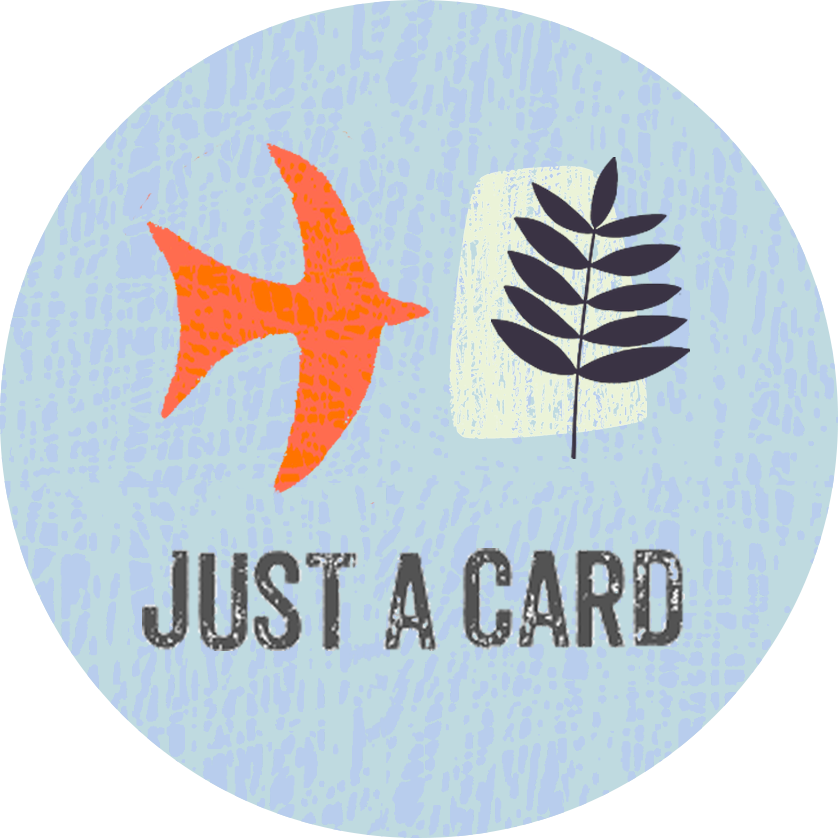How To Create Inspiring Brand Stories
By Kayte Ferris
You’ll no doubt have heard the phrase ‘brand story’ being bandied around a lot, and it’s one of those phrases that no one really questions yet no one fully understands. For me, a brand story is essentially a USP, but a USP with flesh and bones and heart. It’s something that people need to know about you that’s integral to your DNA as a business, and it’s something that will draw in your ideal audience.
Your brand story isn’t your About page, it’s not literally the story of how you came to be (although this definitely contributes to it in a huge way). It’s the way you speak about who you are, what you believe in, what matters, why you do what you do. Take me, for example. My brand story, is that I believe that everyone has the right to create the life they want through their business, and that slowly marketing that business can and should be an enriching, soulful activity.
Thinking of it as a ‘story’ is important too. We are the storytelling species, but somewhere along the line we began talking in acronyms like USP and lost the importance of story. A bullet point list of USPs isn’t inspiring anyone, but a beautifully woven story that tugs at your heartstrings and speaks to your core, is.
So what are these stories? And once you have them, how do you communicate them in a way that’s inspiring and engaging to the people you want to attract?
Start with why
Always, always, always start with why. Your brand story mustn’t come from what you do but from why you do it. This is the core of your brand, the driving force behind all your products, services and future diversifications; it’s the thing that not only inspires you but also your customers.
If you don’t know your why, try getting out of your head and onto paper. Right down what you do, and move backwards to the why. A good exercise for this is to ask yourself why five times:
· “I make homewares” – Why?
· …”because I couldn’t find anything I wanted for my home on the market” – Why was that?
· “…because it tended to be mass-produced and poorly made” – Why is that important?
· “…because I wanted a home that felt cosy and organic, unique to me” – Why?
· “…because we moved a lot when I was a kid and nowhere ever felt comforting like that” – Why is that important?
· “…because I believe that your home should be the place you feel most comforted, safe and at peace”
Challenge yourself with asking those difficult why questions to get to the heart of what is inspiring your business – that’s your brand story.
What’s valuable?
Once you know what’s driving you and lies at the heart of your brand story, you need to carve it into a slightly different shape for your target audience. Whenever we’re talking to or presenting something to a potential customer we need to be tuned in to their goals and challenges so we can best demonstrate our value to them – and very often what we as business-owners think is valuable about what we do isn’t what our customers do.
So perhaps with your homewares company you think that a particular process you use is really fascinating because it produces a much more refined finish; your customer, however, is more likely to be interested in how that product could look in their home. What you need to do is take all your brand stories, all your USPs, and look at them through the eyes of your customer – how will this help them, how can it improve their lives in some small way, why is it important to them?
Once you have that value clear in your mind, it’s time to start communicating it.
Organise your content
Your brand story should reverberate through every piece of content you put out – every blog post, newsletter, Instagram post should represent a part of your brand story in some way. The way I like to do this is to come up with content buckets. Taking into account all the elements that make up your brand story there will likely be a handful of themes that encapsulate your brand. These are your content buckets, so everything you write and create must fit into one these buckets on order to be on brand.
For example, my content buckets are Simple Marketing, Simple Working and Simple Living. These themes are all representative of my brand story, so any time I talk about one of them, that communication is telling my story. I use them to not only structure my blog content, but to decide what goes into my newsletter and what to post on Instagram.
Lead with the value
Back to value again! Now you’re sitting down to write about something in your content bucket, go back again to what your audience finds valuable and lead with that. Posit a scenario they may be struggling with, catch their eye with a mention of that goal they want to achieve. Make sure you’re always talking about your brand stories from their point of view, always showing them what they want to see and what they find inspiring and engaging.
Join me next month for more marketing and social media guidance – in the mean time you can find more content on my blog simpleandseason.com. If you have any more questions about this post, or would like to suggest a topic for a future post, you can get me on Twitter (@simple_season) or Instagram (@simpleandseason).






